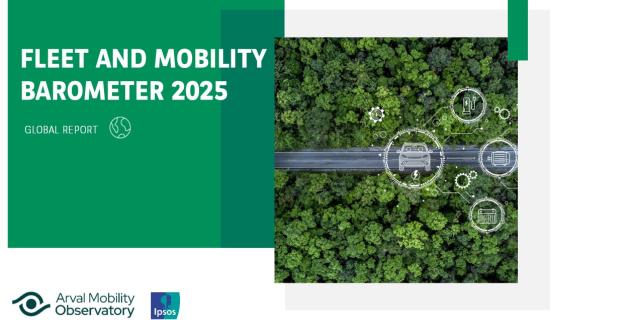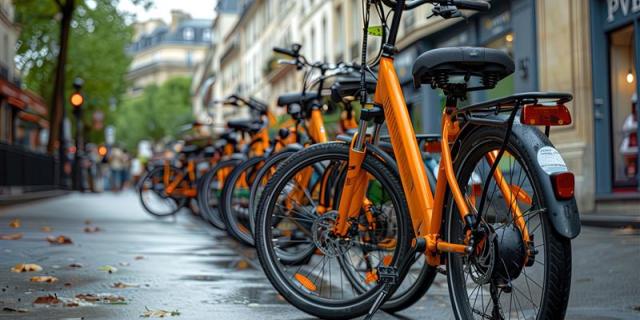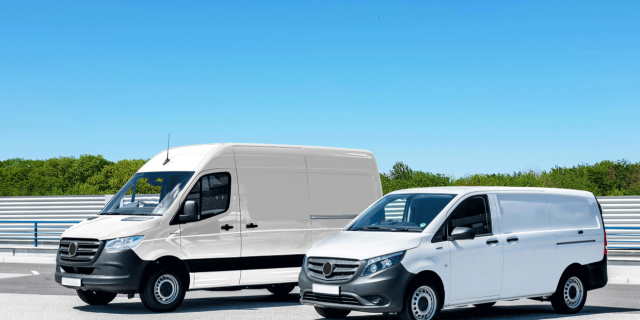Paris, 7th of July 2020
During the last few years, the number of LCVs has increased with the growth of last mile delivery as ever more shopping is carried out online. This trend has been reinforced during the Covid-19 crisis because of the explosion of online shopping due to the lockdown situation, without mentioning the delivery of services in city centers which require LCV usage.
With this significant increase, the challenges around last mile urban operations are becoming crucial for many companies. Congestion, air quality concerns, LEZ implementation and cost of the last mile are perhaps some of the main issues. However, all of these challenges represent real opportunities for OEMs.
What is the current situation? How are these challenges being managed?
Government measures:
First of all, some European governments have introduced policies to support the energy transition and the deployment of electric vehicles. One of these policies is the implementation of zero emission vehicles (ZEV) targets. Norway has announced a target that all new cars and light vans sold in 2025 shall be ZEVs. In December 2019, France passed a law that aims to phase out sales of ICE by 2040. In Denmark, this should be the case by 2030 and by 2035 ZEVs should represent 100 % of new sales. The target is the same in the UK with an additional one of net zero emissions by 2050.
We are already seeing the development of Ultra Low Emission Zones in cities across many European countries (more than 250 cities in the EU have restricted access) and even the development of Zero Emission Zones.
Some new measures, such as purchase bonuses for electric cars in Germany and France, have been implemented following the Covid-19 crisis in order to support the development of electric mobility. Governments are using the opportunity of their economic recovery plan to implement measures that prioritize lower emissions and alternative technologies for transport.
All these government measures accelerate and support the shift to electric vehicles. According to the latest Arval Mobility Observatory Barometer, of the European companies already using electrified vehicles (PHEV, BEV or HEV) for their LCVs or planning to in the next three years, the main motivation is to reduce carbon emissions (29%) along with anticipated future restrictive public policies (22%). So companies are already taking steps to tackle the last mile challenges expressed above.
But there are still some remaining barriers. Indeed, of the European companies not intending to implement BEVs in the next three years, the main barrier is the number of public charging stations (58%) .
Car manufacturers adapting to new regulations:
Fleet electrification will be supported by the development of new electric LCV models to be released this year including models with longer range capabilities. UPS has signed a partnership with Arrival to deploy electric delivery vans (10,000 vehicles to be rolled out over 2020-2024). New electric models include the eVito and eSprinter from Mercedes together with the e-Transport and e-Crafter from Volkswagen. PSA has also confirmed that 100% of its LCV models will have an electrified option by the end of 2021 with different versions and different ranges enabling an increasing autonomy. PSA also announced that they are working on a fuel cell electric version to be sold end of 2021.
Hydrogen as another alternative energy?
Hydrogen is also on the agenda of some European governments. In Germany, a 9 billion euro plan has been agreed to promote its production and use. We see a lot of incentives and projects coming from the private sector too. Michelin and Faurecia in France will earmark 140 million euros in order to accelerate fuel cell development.
As mentioned above, infrastructure remains a key issue. By the end of 2019, only 470 hydrogen refueling stations were in operation worldwide, however this is an increase of more than 20% from the previous year.
According to the EAFO, there were 214 000 public charging points in Europe (including EU, EFTA countries and Turkey) by the end of 2019. This situation will improve in the coming years thanks to a strong Government involvement.
In the latest Arval Mobility Observatory Barometer, another cited barrier to the EV transition is the purchase price. What will be the future of electric LCVs? Will electric vehicles become the LCV mainstream choice in the near future? When will TCO parity be achieved? The TCO will be a crucial topic to convince companies to confirm this shift to EV.











